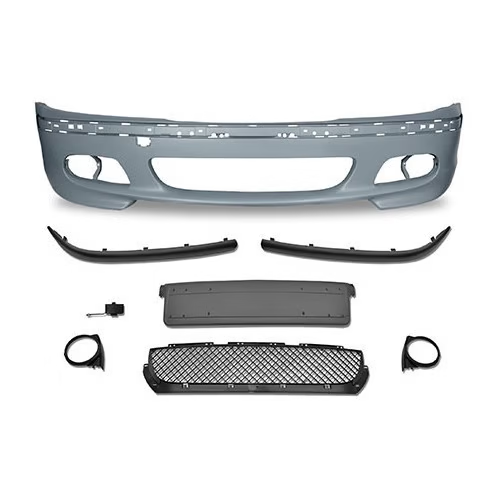BMW history
The BMW company was created on March 7, 1916, by the merger of Bayerische Flugzeugwerke and Otto-Werke, two Munich-based mechanical companies. Originally, the brand manufactured aircraft engines, as its emblem still highlights today.
It was at the end of the First World War and following the Treaty of Versailles of 1919 that the firm, as well as all German companies, was prohibited from any production linked to the military or aeronautical field. BMW then began, in 1920, the design of an air-cooled, flat-twin engine with cardan transmission, which it placed on a motorcycle. The R32 was born!
In 1924, BMW considered launching into automobile production and seized the opportunity by purchasing the Dixi brand, producer of the Austin Seven model, which would be branded BMW from January 1929. Three years later, BMW stopped production of Austin vehicles. and decides to develop his own models. It was therefore in 1932 that the 3/20 was marketed (4 cylinders, 20hp). From 1933, a range equipped with 6-cylinder engines followed, consisting of the 303, 309 and 315 models, which contributed to the success of BMW. As factories were requisitioned for military production during the Second World War, production slowed down.
The post-war years were difficult for the Bavarian brand, whose factories suffered bombings, or were requisitioned and pillaged. It was not until 1948 that BMW relaunched production of 2 wheels, under the control of the Allies, who did not yet authorize the production of cars. The 501 was finally presented at the 1951 Frankfurt Motor Show, a luxurious sedan which would have difficulty finding a customer.
In 1955, BMW tried to remake itself by producing a popular small car, the Isetta, which was also a failure, due to uncontrolled production costs.
It was in 1959, when BMW was under threat of a takeover by Daimler Motor Company, that the company found salvation from a group of shareholders led by Herbert Quandt, who invested millions of marks with the aim of setting up a production program for a medium-sized sedan. This project called 'Neue Klasse' (New Class) came to fruition in 1962 with the appearance of the '1500', the first vehicle in a complete range. Conveying a dynamic image, BMW sedans, both modern and efficient, quickly met with immense success.
This success will never leave BMW, which, 50 years later, is one of the largest car manufacturers in the world!
































































